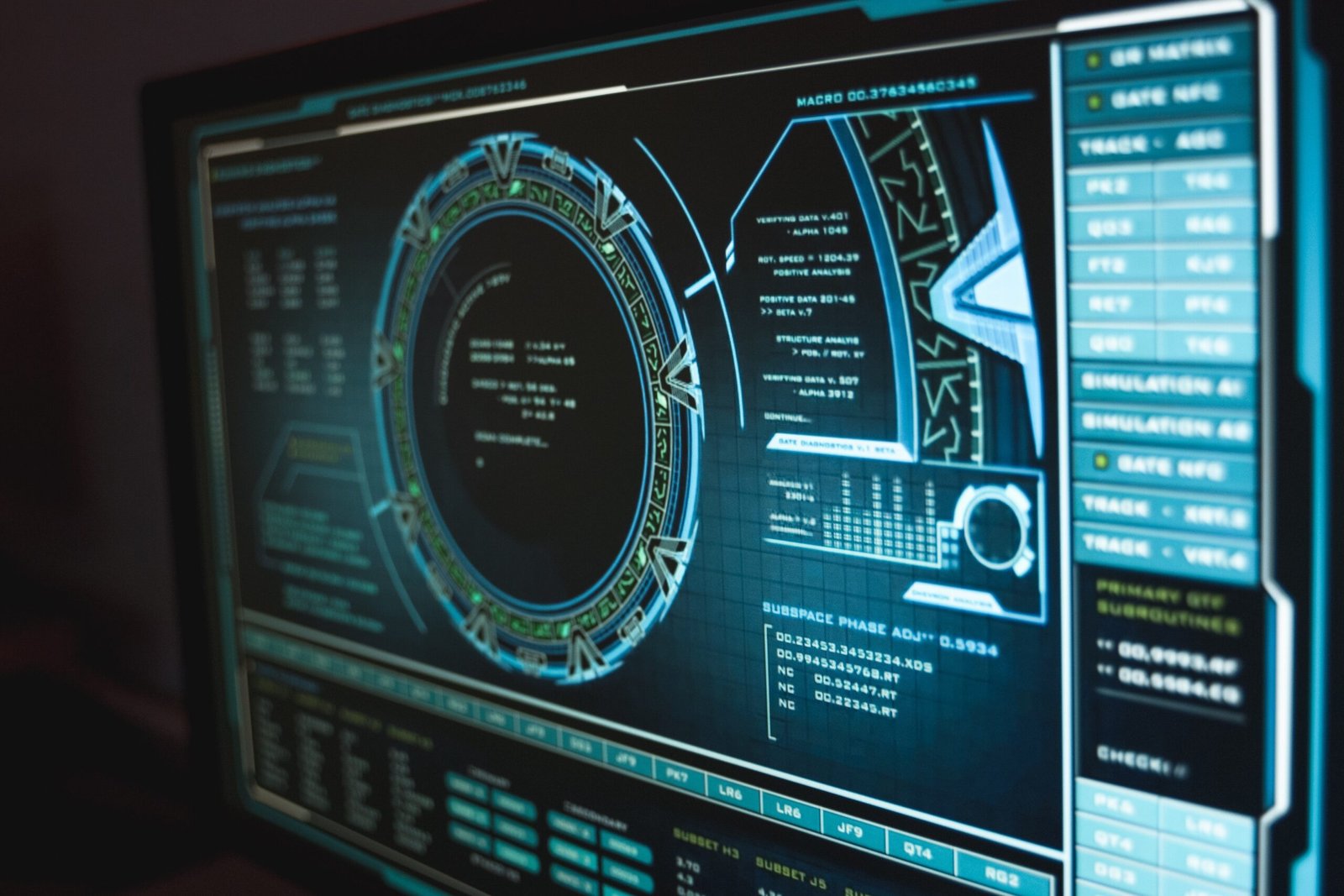Table of Contents
Future of Cybersecurity
As technology continues to advance, so do the threats to cybersecurity. In recent years, cyber attacks have become more sophisticated and frequent, leading to concerns about the future of cybersecurity. In this article, we will explore some of the latest trends and predictions for the future of cybersecurity.
The Rise of Artificial Intelligence (AI) and Machine Learning (ML) in Cybersecurity
As the complexity and volume of cyber attacks continue to increase, many organizations are turning to AI and ML to enhance their cybersecurity defenses. These technologies can help identify and respond to threats in real-time, without the need for human intervention. With AI and ML, cybersecurity teams can quickly identify patterns in data and take proactive steps to prevent attacks.
However, AI and ML are not foolproof. Cyber criminals are also using these technologies to launch more sophisticated attacks, making it crucial for cybersecurity teams to stay one step ahead. Organizations must continuously update their AI and ML algorithms to keep pace with new threats.
The Growing Importance of Cloud Security
The shift towards cloud computing has been on the rise for several years, and it is expected to continue in the future. However, as more organizations rely on cloud services, the risk of cyber attacks on cloud infrastructure increases.
To address this issue, cloud providers are implementing advanced security measures such as encryption, access control, and monitoring tools. However, it is important for organizations to also take responsibility for their own cloud security by implementing additional measures such as multi-factor authentication and data backups.
The Need for Stronger Authentication
Weak passwords and single-factor authentication have been the cause of many cyber attacks in the past. As a result, there is a growing need for stronger authentication methods such as multi-factor authentication (MFA) and biometric authentication.
MFA involves using two or more methods of authentication to verify a user’s identity, such as a password and a security token. Biometric authentication uses physical characteristics such as fingerprints or facial recognition to verify a user’s identity.
These authentication methods provide an additional layer of security, making it more difficult for cyber criminals to gain unauthorized access to sensitive data. As a result, more organizations are expected to adopt these methods in the coming years.
The Emergence of 5G Networks
The rollout of 5G networks is expected to accelerate in the coming years, bringing faster speeds and increased connectivity. However, this increased connectivity also brings new risks to cybersecurity.
With 5G, there will be more devices connected to the internet, creating a larger attack surface for cyber criminals. As a result, organizations will need to implement stronger security measures to protect their networks.
The Internet of Things (IoT)
The Internet of Things refers to the network of devices connected to the internet, such as smart home appliances and wearable devices. The number of IoT devices is expected to reach over 30 billion by 2023, presenting new challenges for cybersecurity.
Many IoT devices lack the necessary security measures, making them vulnerable to cyber attacks. As a result, organizations must take steps to secure these devices and ensure they are not used as entry points for cyber attacks.
The Importance of Cybersecurity Awareness Training

One of the most effective ways to prevent cyber attacks is to educate employees about cybersecurity best practices. Many cyber attacks occur due to human error, such as clicking on a phishing email or using weak passwords.
Organizations must invest in cybersecurity awareness training to ensure that employees are aware of the latest threats and how to avoid them. This training should be ongoing and cover topics such as password management, phishing awareness, and social engineering.
Read More:Cybersecurity for the Everyday User: Tips and Tricks for Staying Safe Online
Conclusion
The future of cybersecurity is complex and uncertain, with new threats emerging all the time. To stay ahead of these threats, organizations must be proactive in implementing advanced security measures and training employees on cybersecurity best practices. By doing so, they can mitigate the risks of cyber attacks and protect their sensitive data.
In addition, it is essential for organizations to collaborate with other industry stakeholders to develop best practices and share information about emerging threats. Government agencies, security researchers, and cybersecurity professionals must work together to identify and respond to cyber attacks effectively.
The future of cybersecurity will undoubtedly bring new challenges and risks. However, with the right strategies and technologies in place, organizations can stay ahead of the curve and protect their sensitive data from cyber threats.
It is crucial for organizations to stay up-to-date with the latest trends and predictions in cybersecurity to prepare for the future. By investing in advanced security measures, cloud security, strong authentication, and cybersecurity awareness training, organizations can create a secure environment for their data and prevent cyber attacks.
In conclusion, the future of cybersecurity is an ongoing battle between cybercriminals and cybersecurity professionals. While cyber threats will continue to evolve, it is essential for organizations to stay vigilant and proactive in their efforts to protect their data and prevent cyber attacks. By implementing the latest security measures and staying informed about emerging trends, organizations can mitigate the risks of cyber attacks and stay ahead of the curve in cybersecurity.


